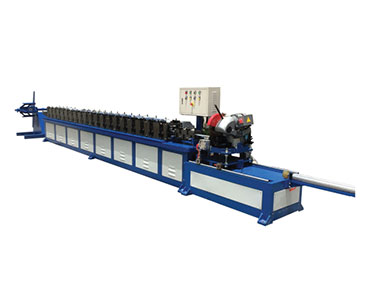
+86-757-85105188

int@acl.cn

+86-757-85105188

int@acl.cn
What is forming processes
Forming processes are unique manufacturing tactics which make use of appropriate stresses (like compression, tension, shear or blended stresses) which motive plastic deformation of the materials to produce required shapes. The fundamental material used is metal due to the massive need for more than a few products demanded by way of the public, although other compounds like plastic can be formed too due to a huge market for plastic primarily based products.During forming methods no material is removed, i.e. they are deformed and displaced.

Some of instance of forming methods are:
1. Forging
Forging is a manufacturing technique involving the shaping of metal using localized compressive forces. The blows are delivered with a hammer (often an electricity hammer) or a die. Forging is regularly labeled according to the temperature at which it is performed: bloodless forging (a kind of cold working), heat forging, or warm forging (a kind of hot working). For the latter two, the steel is heated, normally in a forge. Forged parts can vary in weight from much less than a kilogram to heaps of metric tons.[1][2] Forging has been accomplished by using smiths for millennia; the usual products had been kitchenware, hardware, hand tools, edged weapons, cymbals, and jewelry. Since the Industrial Revolution, solid components are broadly used in mechanisms and machines at any place an aspect requires high strength; such forgings normally require further processing (such as machining) to achieve a finished part. Today, forging is an important global industry.
2. Extrusion
Extrusion is a process used to create objects of a constant cross-sectional profile. A fabric is pushed thru a die of the desired cross-section. The two essential blessings of this technique over different manufacturing methods are its potential to create very complicated cross-sections, and to work substances that are brittle, because the fabric only encounters compressive and shear stresses. It also varieties components with a first-rate floor finish.
3. Sheet metal working
Sheet metal is steel shaped by an industrial system into thin, flat pieces. Sheet metal is one of the crucial forms used in metalworking and it can be reduce and bent into a variety of shapes. Countless everyday objects are fabricated from sheet metal. Thicknesses can vary significantly; extremely thin sheets are considered foil or leaf, and pieces thicker than 6 mm (0.25 in) are regarded plate steel or "structural steel."
Sheet metal is handy in flat pieces or coiled strips. The coils are shaped with the aid of jogging a continuous sheet of metallic through a roll slitter.
4. Rolling
In metalworking, rolling is a steel forming process in which steel stock is passed via one or greater pairs of rolls to limit the thickness and to make the thickness uniform. The notion is comparable to the rolling of dough. Rolling is categorized in accordance to the temperature of the steel rolled. If the temperature of the steel is above its recrystallization temperature, then the manner is recognized as hot rolling. If the temperature of the steel is below its recrystallization temperature, the system is recognized as cold rolling. In phrases of usage for roll forming machine manufacturers and roll forming machine suppliers, warm rolling processes greater tonnage than any different manufacturing process, and bloodless rolling techniques the most tonnage out of all bloodless working processes. Roll stands protecting pairs of rolls are grouped together into rolling mills that can quickly system metal, commonly steel, into products such as structural metal (I-beams, attitude stock, channel stock, and so on), bar stock, and rails. Most steel mills have rolling mill divisions that convert the semi-finished casting products into finished products.
There are many kinds of rolling processes, consisting of ring rolling, roll bending, roll forming, profile rolling, and controlled rolling.
contact us



